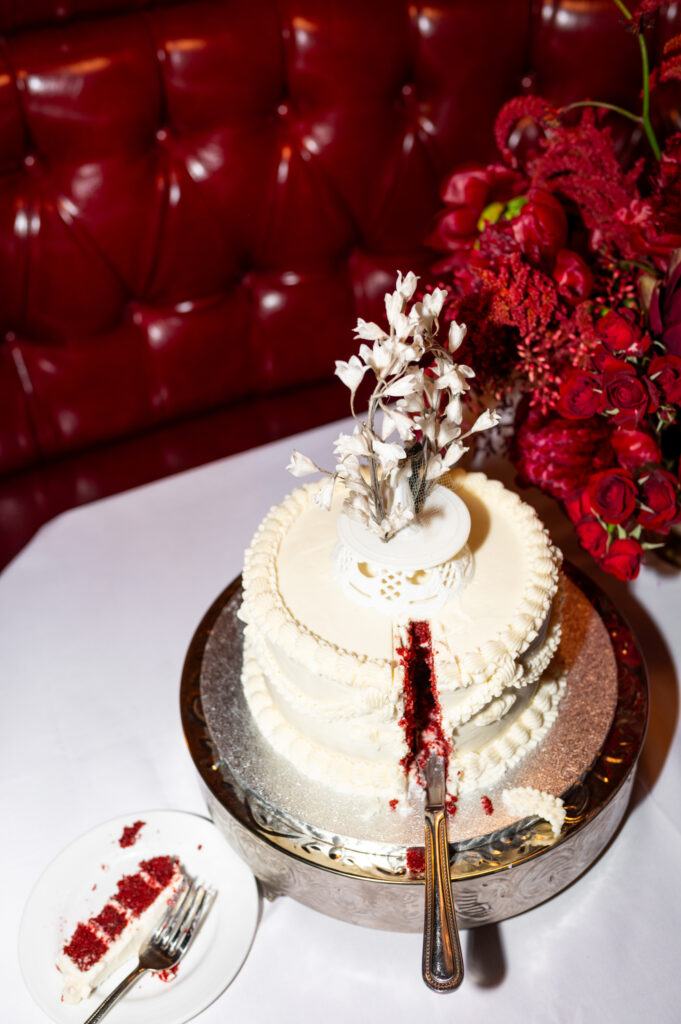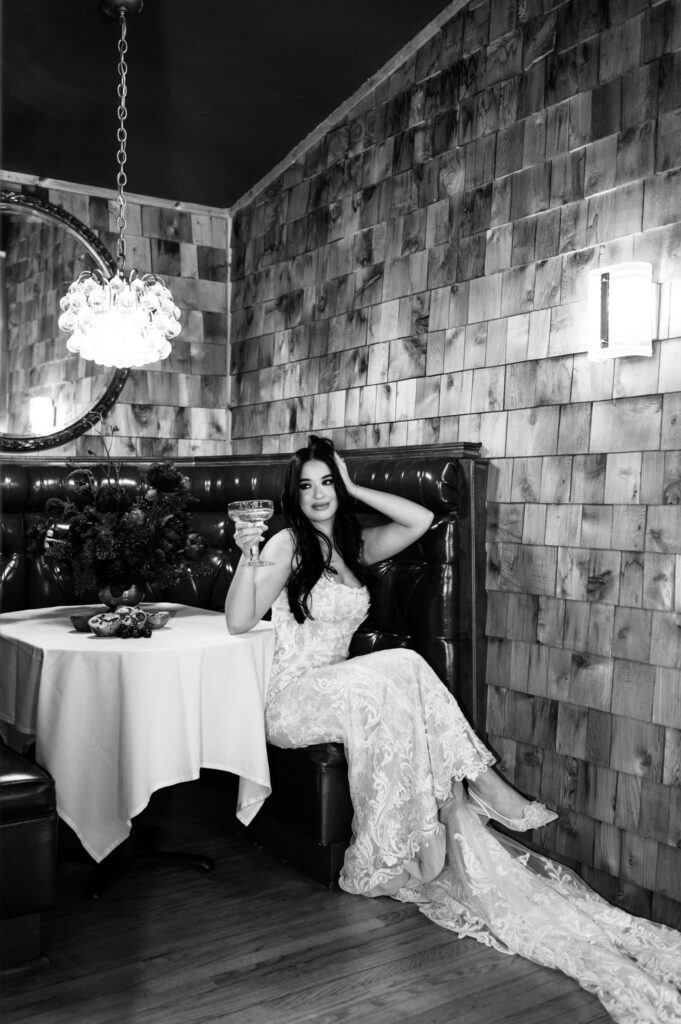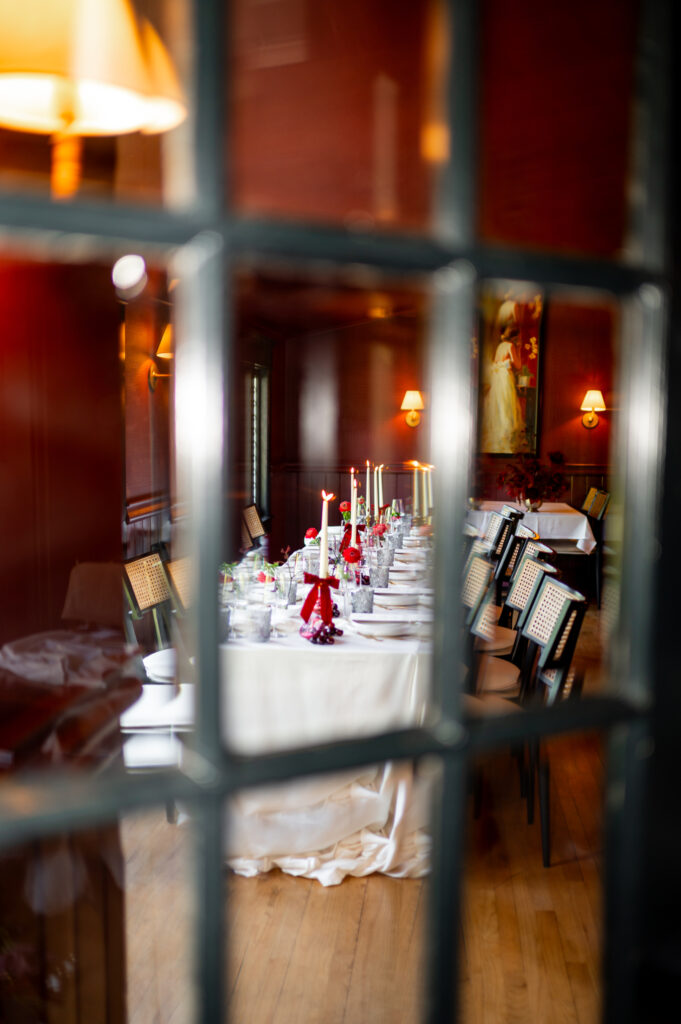Share this post
AUTHOR:
Balancing Business and Creativity: Why Letting Go of the Creative Side Is So Hard for Photographers
July 8, 2025

Every photographer knows the struggle: you’re told to focus more on the business, but the thought of letting go of your creativity feels impossible. Creativity isn’t just a part of your work, it’s the heart of it, the reason you picked up a camera in the first place. Yet, as your business grows, demands for marketing, client management, and financial planning start to overshadow those creative hours behind the lens. How do you find that elusive balance between business and creativity, and is it possible to succeed without losing your artistic spark?
In this post, we’ll explore the challenges photographers face when shifting focus toward business, why creativity is so hard to let go of, and practical ways to maintain your creative edge while building a thriving photography business. Let’s dive in.
Key Points Covered:
- Understanding Why Creativity Feels Essential
- The Myths About Creativity and Business
- Finding Balance Between Business and Creativity
- Structuring Your Day for Creativity and Business Tasks
- Outsourcing to Protect Your Creativity
- Using Creativity to Improve Your Business
- Setting Boundaries to Safeguard Creativity
- Leveraging Technology to Free Up Creative Time
- Measuring Success Beyond Just Creativity
- Building a Community That Supports Both Sides

Understanding Why Creativity Feels Essential
Creativity isn’t just a skill for photographers, it’s the emotional glue that makes every shoot meaningful. It’s how you tell stories, explore beauty, and connect with your subjects and clients. When business tasks start to dominate, that spark of purpose can dim, leaving you feeling disconnected from your work. Understanding this emotional connection helps you appreciate why it feels so hard to shift focus. Once you recognize creativity as the foundation of your identity, you can begin discovering ways to honor it even amidst administrative demands.
The Emotional Connection to Creativity
Creativity taps into your deepest passions, it’s personal, vulnerable, and potent. Letting go of creative time can feel like silencing the voice that made you pick up a camera in the first place. This emotional bond explains why business pressures can feel like betrayal to your creative self. Acknowledging this emotional layer helps you stop resisting the business side of your career; it’s not about giving up creativity, but about protecting it.
Creativity as a Source of Motivation
Creative projects give you the energy to stay inspired, even when business isn’t glamorous. That rush from a breakthrough idea or a beautiful edit fuels subsequent work. When you deprioritize creativity, your motivation fades, and tasks become chores. Maintaining creative momentum isn’t indulgent, it’s essential to staying engaged and preventing burnout.
The Myths About Creativity and Business
There’s a widespread myth that business and creativity are enemies and that believing it can actually hold you back. In truth, strong business foundations can free you to take bigger creative risks. Ideas that seem impossible on a shoestring budget become achievable when you have reliable income and systems. Challenging the myth that business kills creativity opens the door to a more holistic, satisfying career. When you merge creative thinking with business plans, you unlock new possibilities for growth and expression.
The Myth That Business Kills Creativity
Many photographers think that investing time in contracts, invoices, or marketing automatically steals from their creativity. But strong business practices can provide the stability needed to create freely. Instead of suffocating your art, business can amplify it by giving you the freedom to experiment. When you get paid fairly and efficiently, you stop worrying about bills and start focusing on your craft with intention. We created a Bookkeeping Checklist that helps break things down for you.
Creativity Can Thrive Within Business Structures
You don’t have to compartmentalize, creative and business tasks can coexist harmoniously. Striking visuals and clever marketing go hand in hand. Designing your workflow to include both sides can ease tension and generate more inspired work. Innovation often comes when you let business structures inform your creative process.
Finding Balance Between Business and Creativity
Balance doesn’t mean splitting your day evenly, it means aligning your time with your priorities. That might look like creative work in the morning when your energy is highest and business tasks in the afternoon. Or vice versa, whatever fits your rhythm. The key is intentional scheduling, so both sides get space without one overtaking the other. Regularly reassessing this balance helps you stay aligned with your evolving goals and moods.
Scheduling Time for Creativity
Treat creative sessions like booked client appointments, they’re vital and non-negotiable. Whether you’re shooting, writing, or editing, blocking undisturbed time reminds you that creativity matters. Over time, these rhythm blocks become creative rituals that strengthen your artistic muscle. Protecting creative time shows up in your portfolio and in your energy.
Prioritizing Creativity in Your Workflow
Try doing creative work first thing, before emails or taxes steal your focus. Starting with a creative win sets a positive tone for the whole day. Even short bursts, like editing one photo or sketching a moodboard can maintain momentum. Designing your workflow around creative priorities helps you feel grounded even as business grows.

Structuring Your Day for Creativity and Business Tasks
Chaos is the nemesis of creativity and productivity. Without structure, you risk letting urgent business matters sabotage your creative reserves. Time-blocking is the simplest structure, and it works by giving each part of your life its own space. Build daily patterns that accommodate both creation and commerce, and the switch between them becomes smoother. Over time, structure builds trust between both sides of your work life.
Time Blocking for Creativity and Business
Divide your day into clear segments: creative time, admin time, client time. When you use a timer or calendar, you’re less likely to overrun one task at the expense of another. These well-defined zones help recalibrate when priorities shift unexpectedly. As you stick to the blocks, your brain learns when to switch modes and goes along willingly.
Improving Productivity Without Sacrificing Creativity
When business work is separated from creative work, they both become more efficient. You won’t feel guilt shooting when you know your admin is scheduled. And when it’s time to hit the numbers, you compartmentalize your creative impulses. This separation cultivates mental focus and a healthier, more enjoyable workflow.
Outsourcing to Protect Your Creativity
You can’t and shouldn’t do it all. Outsourcing doesn’t mean giving up control; it means freeing up space to focus on what only you can do. Whether that’s social media, bookkeeping, or retouching, removing these operational burdens guards your creative headspace. Spend your energy where it matters most. A small investment in support often yields a big return in clarity and output. This article also dives deeper into how to manage your time well: How can you balance creative work and business operations when scaling your photography business?
Delegating Business Tasks to Focus on Creativity
Hire a bookkeeper or VA to handle recurring tasks like invoicing, client communication, or social media posting. Doing so clears mental bandwidth for your art. A delegation plan balances strategic value with budget and control, allowing you to scale without losing your creative edge.
Investing in Support to Enhance Creativity
Bringing in an assistant for shoots or hiring an editor can protect your time and enhance your work. The investment helps you deliver more polished, consistent results without burning out. Support systems don’t replace creativity, they make it more sustainable and enjoyable.
Using Creativity to Improve Your Business
Business success doesn’t just depend on numbers, it also hinges on imagination and personality. Creative storytelling engages clients more than price lists or stats alone. Thoughtful branding, clever offers, and artistic packaging all stem from creativity. Using your creative strengths in these areas sets you apart in a sea of sameness.
Creative Marketing Strategies
Craft campaigns that feel as genuine as your images. Share behind-the-scenes reels, client stories, or concept shoots that resonate emotionally. Creativity in your marketing builds connection and curiosity, making clients more likely to choose you.
Creativity in Client Experience
Personalized experiences, like surprise albums, hand-lettered thank-you notes, or custom PDFs turn clients into fans. Each creative touchpoint shows you care. Over time, these moments build real brand equity and bring repeat bookings.
Setting Boundaries to Safeguard Creativity
Without boundaries, business tasks will expand endlessly, leaving little room for creative work. It’s easy to let client emails, admin, or social media bulldoze over your studio time. But when you say no, you carve out protection for your creative core. Boundaries are not walls, they’re fences that let your creativity bloom without interruption.
Saying No to Protect Creativity
Not every inquiry or offer deserves your attention. Learn to politely decline what doesn’t align with your creative goals. Saying no creates psychological space for what matters most. It also clarifies your brand and attracts the right clients.
Creating a Creative Sanctuary
Designate a physical or mental space just for creativity, a desk with moodboards, a corner for editing, a walk-in forest retreat. When you enter that zone, you enter “creative mode.” Guard that space the way you would a booked session, it’s sacred.
Leveraging Technology to Free Up Creative Time
Technology can be a drain or a driver of your creativity. Automating mundane tasks gives you mental space to innovate. Digital tools exist to simplify scheduling, invoicing, email follow-ups, and more. Use apps like HoneyBook or Dubsado to automate admin so you can reclaim creative hours.
Automating Business Processes
Set up auto-booking, automated reminders, and contract e-signatures to eliminate manual admin. Automation not only saves time, it reduces stress and human error. The result? You can show up for shoots without last-minute scrambling.
Digital Tools That Support Creativity
Use moodboard apps, color-palette tools, or batch-edit automation to streamline creative processes. Tools like Trello or Notion can organize ideas and keep inspiration flowing. When tech supports, not hinders your creativity, it becomes your ally.

Measuring Success Beyond Just Creativity
Creativity alone isn’t a sustainable business metric and numbers alone don’t track your emotional growth. You need to measure both. Define success around your vision: mental well-being, creative output, client impact, and financial health. When you track both sides, you get a fuller picture of progress and fulfillment.
Defining Success on Your Own Terms
Set goals that reflect both creative satisfaction and business milestones like a personal editorial plus six bookings per month. These dual-aligned goals hold you accountable for growth across your entire career. They remind you that profit doesn’t have to come at the expense of passion.
Tracking Both Creative and Business Growth
Use a CRM to track bookings, referrals, and revenue, and keep a creative journal to record your best shoots and ideas. Reviewing both helps you stay balanced and motivated. Celebrate marketing wins and creative breakthroughs alike.
Building a Community That Supports Both Sides
Even the most talented photographers benefit from a supportive network. Surrounding yourself with peers who value both artistry and entrepreneurship can help you thrive. A creative community lifts you with inspiration and a business community arms you with tools and contacts. Together, they remind you that both sides of your work matter.
Connecting with Like-Minded Photographers
Join hybrid groups that value creativity and business, like small mastermind cohorts or local photography collectives. These spaces validate both sides of your identity and help you grow. Shared experience normalizes your struggle and accelerates solutions.
Sharing Creativity and Business Tips
When you share what’s working from shoot ideas to booking tactics, you strengthen both sides of your business. Learning through others’ mistakes fast-tracks your progress. In turn, your insights help raise everyone’s game. Collaboration breeds creativity and growth; together.

Running a photography business means juggling two worlds creative and commercial and it’s natural to feel tension between them. But by valuing both sides equally, you create a more sustainable and joy-filled career. Intentional scheduling, smart outsourcing, and a supportive community can protect your creative core while building momentum. The strongest photographers aren’t those who choose one fight over the other, they’re those who learn to champion both with intention, structure, and heart.
Letting go of creativity is hard because it’s at the core of what makes you a photographer. But balancing business and creativity doesn’t mean you have to sacrifice one for the other. By structuring your time, setting boundaries, and integrating creativity into your business, you can build a career that nourishes both your artistic spark and your entrepreneurial goals.
Ready to protect your creativity while growing your business? Start by scheduling dedicated creative blocks, exploring automation tools, and connecting with a community that values both sides of your craft. We would love to help further which is why we made a Business and Art Mastermind Course, come join our community!

Comments